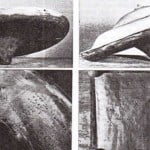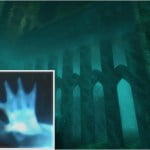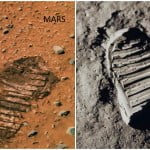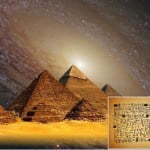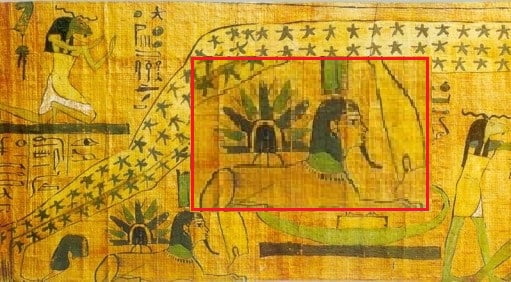
A mysterious ancient vignette from the Djedkhonsuiefankh funerary papyrus on view in the Cairo Museum shows a rather weird scene: a disc-shaped object landing on the top of a Sphinx.
Many supporters of the alien theory claim that Ancient Egypt has a strong bond with the other world. Even more, the object docking on the Sphinx doesn’t look like any other ‘ship’ depicted in the Egyptian mythology.
Best proxy market Buy Proxys on Fineproxy site kqwa2.
Not just in their mythology, but also unlike anything prior seen in their iconography and symbolism.
The mystifying object was painted by the ancestors as a disk that emits bright light. It also strongly matches the present-day depiction when a person imagines a UFO.
You can see it the ancient papyrus here. It is part of a study with the title: Cosmic Space and Archetypal Time, Depictions of the sky-goddess Nut in three royal tombs of the New Kingdom and the relation to the Milky Way, by Amanda-Alice Maravelia.
A closer look at the manuscript reveals that the object is clearly a disc with a beaming dome on its top. It appears as landing on the Sphinx, with three leg-like features coming out of it.
But, even though it does look like a disc-shaped object, there are rational opinions which consider this object to be a plant or type of bug.
What is sure is that the Sphinx has very mysterious origins. This papyrus only adds to its complete obscure background. According to the researchers, the level of erosion implies that it dates back to 10,000 BC.
So, we have all the rights to place this monument in one of the most enigmatic on our planet.
At the beginning of its discovery, the monument was full up to its head with sand. Years have passed and visitors and researchers thought that was all it existed in the area.
However, French engineer Emile Baraize didn’t think so. In fact, he was convinced something more hides in beneath.
After 11 years of extensive digging, Baraize and his crew uncovered a huge body that looked like a lion and which quickly evolved into the largest monolithic statue on Earth.






